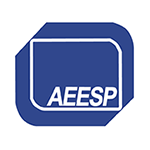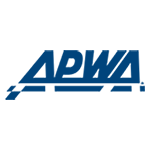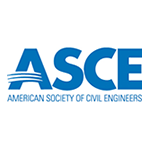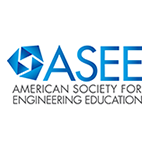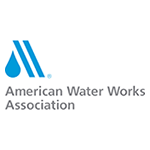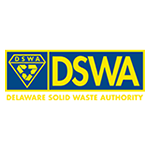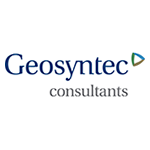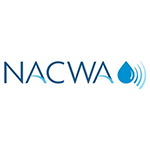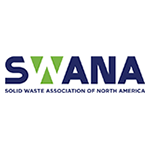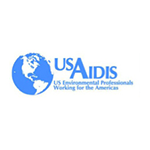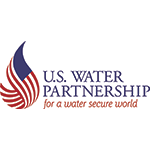Call for Papers in Air Quality
70th Anniversary of AAEES Special Issue of
Environmental Engineer and Scientist
Environmental Engineer and Scientist, published quarterly by the American Academy of Environmental Engineers and Scientists (AAEES)
Air quality – such as indoor air, including recent improved understanding of aerosols such as a variety of pathogenic bioaerosols, as well as atmospheric air, including climate change impacted by aerosols, carbon dioxide, fluorinated gases, nitrous oxide, and methane – is an important part of environmental engineering and science. Understanding sources, sinks, and transport, identifying emerging pollutants, developing novel treatment technologies and use of sustainable precursors, and setting policies to reduce and mitigate threats to human welfare and planetary health from air pollution is the subject of this special call for papers. This is not an exhaustive list, and we welcome enquiries to confirm that manuscripts fit within the scope of the Special Anniversary Issue prior to article preparation. Contributions can be a Technical Note, State-of-the-Art Review, Forum, or Editorial, as defined below. Submissions must comply with the Aerosol Science & Technology Guidelines for Authors and will be peer-reviewed in the usual manner. We also request that by submitting an article, you consider agreeing to review another article for this special issue.
The deadline for your submission is April 15, 2025.
Founded in 1955 as the American Sanitary Engineering Intersociety Board, today’s American Academy of Environmental Engineers and Scientists is celebrating its 70th anniversary in 2025. Our current strategic plan aims to tell the stories of environmental leaders to grow, connect, and diversify the environmental profession. We invite you to submit your articles in air quality for peer-review and publication in the special anniversary issue of Environmental Engineer and Scientist to be published in Summer 2025. The Managing Editor, Dr. Daniel B. Oerther, welcomes your inquiries, including offers from individual subject matter experts who are looking to join writing teams on subjects of interest to the environmental engineering and science community.
Guest Editors:
Chang -Yu Wu, PhD
Yang Wang, PhD
Managing Editor:
Daniel B. Oerther, PhD, PE, BCEE, BCES, [email protected]
Production Manager:
Yolanda Moulden, [email protected]
ARTICLE TYPES
Technical Notes — Technical Notes present (1) original, practical information; (2) preliminary or partial results of research; (3) concisely presented research results; and (4) innovative techniques in research and development, education, and evidence-informed practice. Technical Notes must not exceed 8 double-spaced manuscript pages including references, figures, tables, and captions (i.e., approximately 2,000-word equivalents).
State-of-the-Art Reviews — State-of-the-Art Review articles are full-length papers that provide timely, in-depth treatment of a specific issue relevant to the field of environmental engineering and science. Reviews must provide a complete survey of the state of practice being examined and leave the reader feeling as though they are up to date on the current practices in the field on the given topic. A State-of-the-Art Review should include a concise literature review of the most recent and relevant studies as well as perspective on the history of practice and the importance of the field. State-of-the-Art Reviews must not exceed 16 double-spaced manuscript pages including references, figures, tables, and captions (i.e., approximately 4,000-word equivalents).
Forums — A Forum is a thought-provoking opinion piece or essay founded in fact, sometimes containing speculation, on a topic of general interest and relevance to environmental engineers and scientists. The purpose of a Forum article is to stimulate discussion rather than document an advance in research or its application. A Forum is subjected to either partial or full peer review, depending on the subject matter and recommendation of the editor. Forums must not exceed 8 double-spaced manuscript pages, including references, figures, tables, and captions (i.e., approximately 2,000-word equivalents).
Editorials — An Editorial is a brief opinion piece concerning the scope, content, direction, or philosophy of the field of environmental engineering and science or a policy issue. Editorials are subjected to either partial or full peer review, depending on the subject matter and recommendation of the editor. Editorials are usually short, not exceeding 4 double-spaced manuscript pages, and rarely contain tables, figures, or references (i.e., approximately 1,000-word equivalents).
Interested in Submitting an Article?
To determine if your manuscript fits within the scope of this special issue, please submit your abstract by using the intent to submit form at:
To submit your full article, go to:
|


